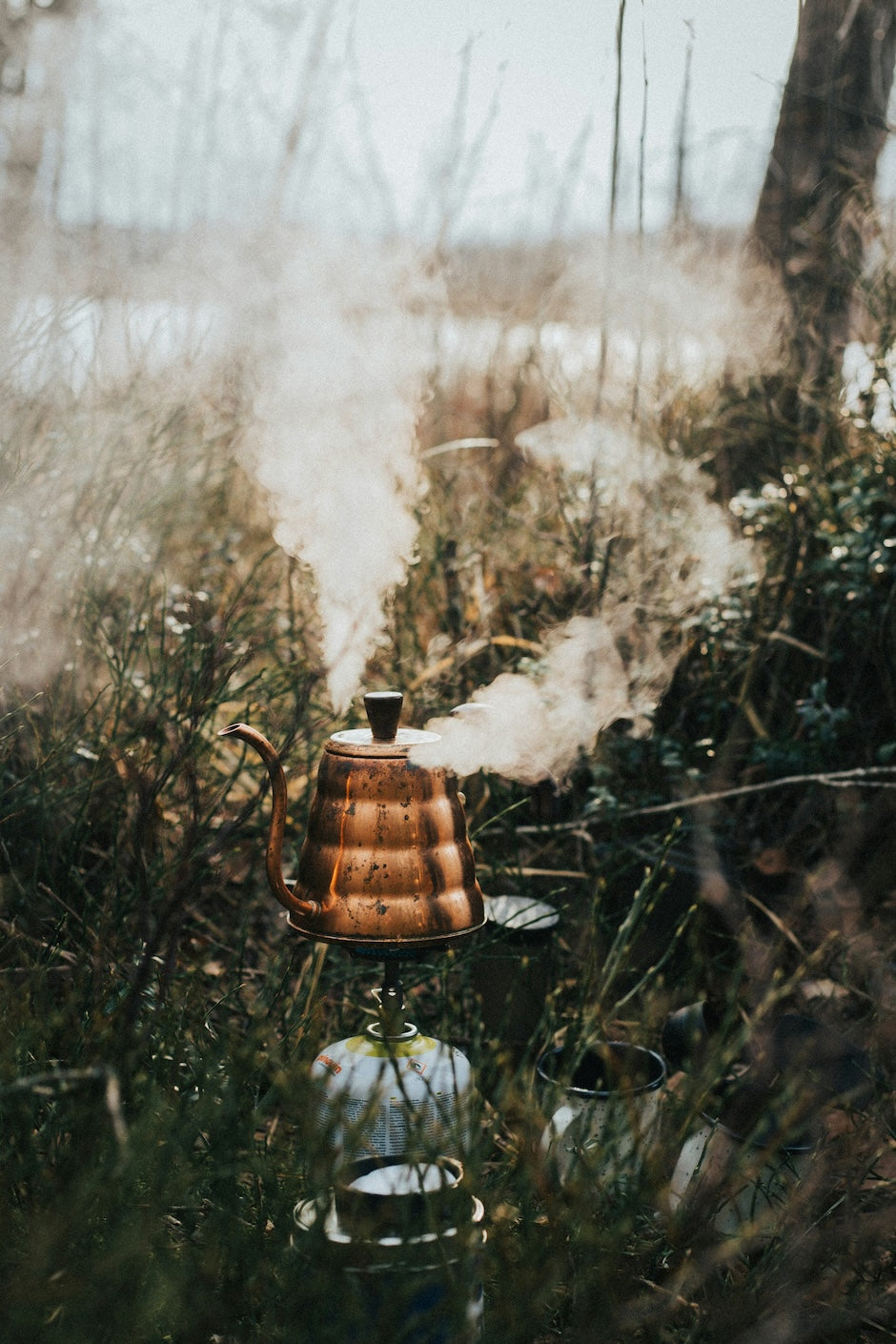
The Impact of Different Brewing Temperatures on Decaf Coffee
Share
Brewing the perfect cup of decaf coffee isn’t just about choosing the right beans—it’s about dialing in the right variables. And one of the most overlooked factors is water temperature.
Whether you brew pour-over, French press, or espresso, the temperature of your water plays a major role in how flavors are extracted—especially in decaf coffee, which behaves differently than regular coffee due to its altered structure.
In this post, we’ll explore how brewing temperature impacts decaf coffee and how to unlock the fullest flavor, body, and aroma from your favorite caffeine-free beans.
---
Why Brewing Temperature Matters for Decaf
Coffee brewing is a science of extraction. When hot water meets ground coffee, it extracts flavor compounds, oils, acids, and aromatics. But the ideal temperature for extraction depends on the bean’s density, roast level, and chemistry.
Decaf coffee beans go through a decaffeination process—like the Swiss Water Process, Sugarcane, or CO2 method—that alters their structure. This makes them less porous, more brittle, and more sensitive to temperature changes compared to regular beans.
- Too hot? You risk over-extraction—resulting in bitterness, dryness, or a “burnt” taste.
- Too cool? You under-extract—leaving the cup flat, acidic, or sour.
That’s why understanding the ideal brewing temperature for decaf coffee is critical for getting the most from your cup.
---
The Optimal Brewing Temperature for Decaf
For most brewing methods, experts recommend using water between 195°F and 205°F (90–96°C). But with decaf coffee, slightly cooler temperatures—between 190°F and 200°F (88–93°C)—tend to yield the best results.
Why slightly cooler works better:
- Decaf beans have lower solubility—overheating leads to bitter compounds leaching out
- The decaffeination process can cause uneven density—too much heat highlights this imbalance
- Cooler temps allow a smoother, more nuanced extraction
At Frequent Coffee, we recommend brewing our decaf blends at around 195°F-200°F for the ideal balance of body and brightness—especially for Swiss Water Process beans.
---
Brewing Method vs. Temperature: A Quick Guide
| Brewing Method | Ideal Temp (°F) | Why It Works for Decaf |
|---|---|---|
| Pour-Over (Hario, Chemex) | 190–195°F | Slower extraction prevents bitter overtones common in decaf |
| French Press | 195–200°F | Full immersion + moderate heat brings out body and depth |
| Espresso | 190–192°F | Decaf espresso is more sensitive to high pressure + heat; lower temps reduce harshness |
| Aeropress | 185–190°F | Excellent for decaf as cooler water preserves delicate aromas |
| Cold Brew | Room temp | Uses time, not heat—great for avoiding extraction errors altogether |
---
The Problem with Boiling Water
Using boiling water (212°F / 100°C) on decaf beans is a common mistake. Not only does it scorch delicate compounds that survived the decaffeination process, but it can also make your cup astringent, hollow, or unpleasantly smoky.
Pro Tip: Let your kettle sit for 30–60 seconds after boiling before pouring. This ensures the water temp settles in the optimal range.
---
How the Decaffeination Method Affects Extraction
All decaf is not created equal. The method used to remove caffeine can impact how the coffee behaves when brewed.
- Swiss Water Process: Chemical-free, maintains more origin character; best at 190–195°F
- CO2 Method: Rare method in USA; optimal around 195–200°F
- Sugarcane (EA): Slightly more processed; requires extra precision to avoid sharpness
- Methyl Chloride: We don't recommend drinking this type of decaf.
At Frequent Coffee, all of our decaf blends are Sugarcane (EA) or Swiss Water Processed to preserve clean taste and reduce bitterness during brewing—even at lower temperatures.
---
What Flavor Differences Should You Expect?
When you adjust your brewing temperature for decaf, you’ll notice a significant shift in the cup:
- Lower temp (190–195°F): Smooth body, reduced acidity, mellow chocolate or nutty notes
- Higher temp (200–205°F): More brightness, but risk of astringency and “flat” aftertaste
Experiment with a tasting journal. You’ll discover which flavor profiles emerge at various temps—and how they align with your favorite roast levels or decaf origins.
---
Bonus Tip: Use a Thermometer or Variable Temp Kettle
Precision matters—especially with decaf. Use a thermometer or a variable temperature kettle to stay in control. Kettles like Fellow Stagg or Bonavita let you dial in the exact temp, removing the guesswork from your morning ritual.
Bonus: These kettles pair perfectly with a scale and timer for ultimate consistency—making your decaf coffee feel just as elevated as any single-origin pour-over.
---
Try Brewing Our Decaf at the Right Temperature
Want to taste the difference that proper temperature makes? Check out our Decaf Collection, including small-batch, artificial chemical-free, delicately roasted beans optimized for rich flavor at every brew temp.
---
Share Your Brew Method with @frequent.coffee
Are you team pour-over, press, or cold brew? Have you noticed a difference in flavor by adjusting your water temp for decaf? Tag us on Instagram @frequent.coffee and show us your decaf ritual—we may feature your method in an upcoming blog!
